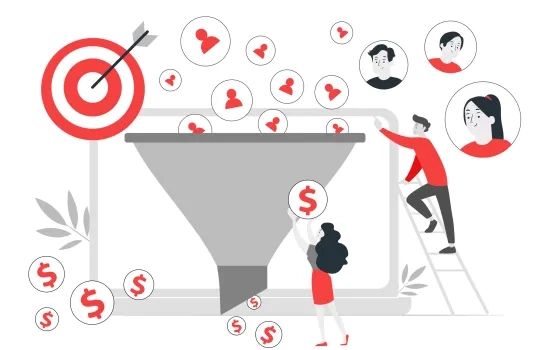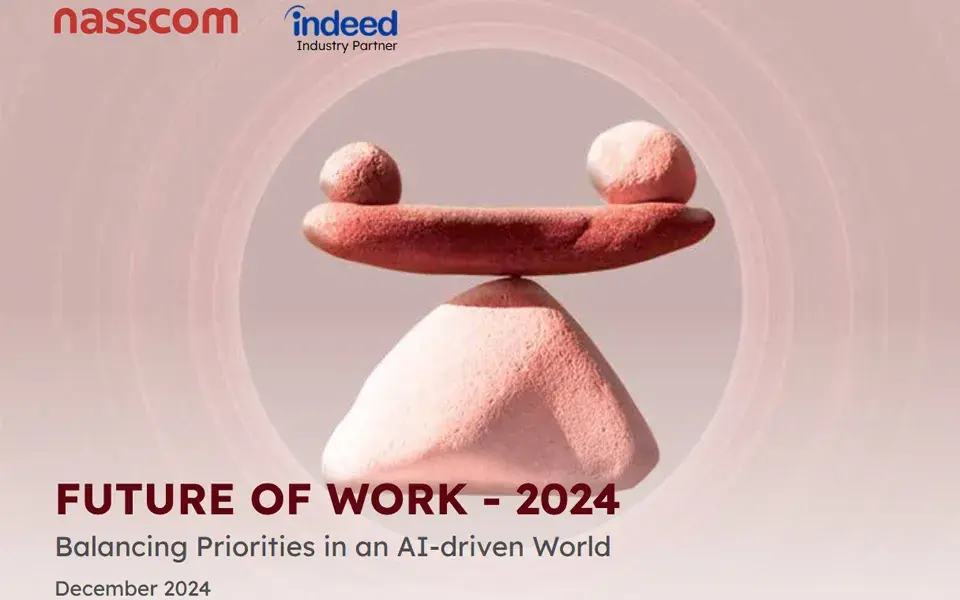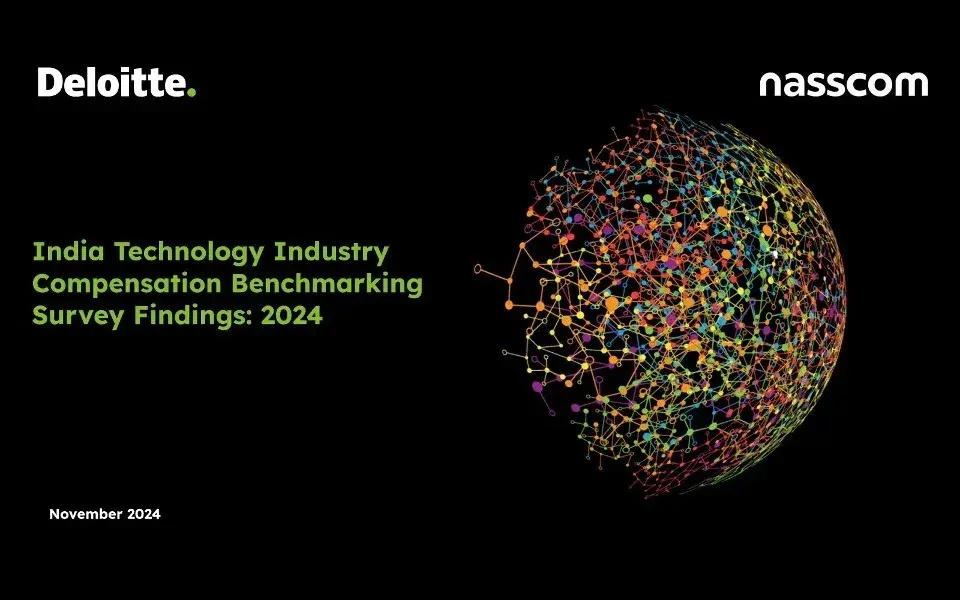What is Customer Retention?
Customer retention is a term that most CXOs are familiar with. In the context of your products, customer retention refers to keeping your existing customers happy and motivated to keep them making repeat purchases from you. It forms part of your more comprehensive customer acquisition efforts, but with an extra focus on keeping customers around rather than just getting them to buy. As a result, these customers are less likely to switch to competitors’ products and services.
What is Customer Retention Rate?
The customer retention rate is the percentage of customers still using your services after a certain period. It is typically measured using cohort analysis, which follows groups of customers over time to track their behavior and measure the performance of different customer acquisition campaigns that you run. Customer retention rate shows how effective your retention efforts are and provides valuable data about how loyal your customers are.
The customer retention rate can be calculated as follows:
(Customers retained at the end of the period – Number of customers gained in the period) / Number of customers at the beginning of the period
What Causes a Customer to Leave a Company?
There are a plethora of reasons why a customer may leave your company, but there tends to be three leading causes:
1. Friction in the product or service
2. Poor support
3. Competitive offerings
Why Customer Retention Should be at the Center of Your Marketing Philosophy
All businesses require customers to be successful. And in most cases, they need multiple customers to achieve the desired results. This is why customer retention efforts are crucial for companies of any size. Fortunately, it is now easier to retain your existing customers due to the increasing availability of software solutions that help with automating your retention processes.
Customer Retention is integral to any business because of the multiple benefits to keeping your customers satisfied, both short term and long term. These include:
– Reduced costs involved in acquiring new customers
– Stronger customer-brand relationship leading to higher sales, referrals, and improved word of mouth
– Building trust within the market through robust offerings and reliability
– More accurate customer analytics, which leads to better decision making
– Most cost-effective ways for your company to grow
However, this is not to say that customer retention is easy. You need to consider different factors when devising an effective strategy for your company. These include the size of your organization, the industry you are in, and the customers you serve. As a result, it can be challenging to devise a one-size-fits-all approach to customer retention, and you should adapt your efforts to suit your organization’s needs.
Best Customer Retention Strategies
1. Analyze and keep track of churn metrics
Churn metrics provide you with a way to measure your customer retention rate and other important information about your customers. In particular, the annual churn metric is an easy way for you to keep track of how many customers have left during their first year of doing business with you. To improve your churn metrics, you must analyze why each customer left you, and keep a close eye on user adoption. This way, you can take steps to improve your retention strategies and prevent further losses from occurring.
2. Reward customer behavior with incentives
One of the best ways to keep your customers coming back is through incentive programmes. By creating a loyalty scheme for regular customers, you can ensure that they have a reason to stick with you and continue being loyal to you. There are many different types of incentive schemes that you can implement, such as offering discounts or free products. Incentives should be tailored to suit the needs of each customer and should be easy for customers to understand.
Loyalty programs are also great because they can be cross-sold to your customers. For example, if you run an eCommerce store, you can use loyalty programs to cross-sell other products that may interest your customers. Doing this will increase your customer retention rates and provide additional revenue streams.
3. Implement a customer feedback system
Customer feedback will go a long way towards improving customer satisfaction, significantly impacting your retention efforts. Even if some of the complaints cannot be solved, it is essential that you at least try to listen to their problems. Customer conversations are just as meaningful as your marketing messages. By implementing an automated chat system or live help function, you can ensure that customers receive a fast response from your company when they have questions about your products or services. This will give them the impression that your company cares about their problems and help you identify any complaints that you need to address.
4. Customer service is key
Products need to care about their customers. If they do not, customers are more likely to switch to competitor offerings. Therefore, it is crucial to provide your customers with the best service possible. With more competitive companies entering the market every day, your customer service will set you apart from the competition. To provide your customers with a top-notch experience, you must invest in training for both your existing, new employees, and in chatbots. In this way, they will be equipped with all of their tools to answer any customers’ questions.
5. Customer experience makes a positive Impact
Customer experience is all about making purchasing your products and services as easy as possible. Various tools, such as mobile apps and free shipping offers, can facilitate it. In addition, UX designers can be influential in designing experiences that encourage customers to engage with your company. This will increase customer retention and provide valuable insights into what your customers want and how they want to receive it.
6. Implement gamification and referral codes
If designers want to increase customer engagement, consider implementing gamification techniques and referral codes. These techniques effectively increase customer engagement and even help you acquire new customers. By implementing a rewards system, your customers will have the incentive to continue being loyal to your company. Furthermore, by incentivizing word-of-mouth referrals, you can ensure a steady stream of potential customers entering the market.
7. Familiarity in recall plans
Familiarity in customer experiences and communications is essential to the brand and business. The more personalized an experience or memory brands can create with customers, the more likely it will stay with them when they peruse their options for future purchases. Brands that can retain old customers by delivering a familiar experience on each new interaction increase retention and loyalty.
8. Educating your customers
Loyal customers are a great asset to any brand, but this does not mean that you do not need to educate them. To retain your customers, it is crucial that they feel confident in their relationship with your brand by understanding its products and services. A customer education program can include general information about your brand and specific details regarding the products or services you offer. The more your customers are educated, the more likely they feel confident in their purchase, regardless of whether it is a new product or service from an existing brand.
Top Customer Retention Metrics to Track
Customer Retention Metrics are essential to any business. To deliver the best customer experience possible, you need to track a number of metrics, such as Net Promoter Score and Retention Rate. You should also use these metrics to measure your performance regularly. By using this information to improve your customer retention, you will be able to identify the aspects of your business that are not working and make the necessary changes.
1. Revenue churn rate
This metric measures the percentage of a company’s revenue lost to customer churn. The higher the rate, the more difficult it will be for a business to survive, given its current revenue stream.
Formula:
(Monthly Recurring Revenue (MRR) lost that month — Upgrades or Additional Revenue from Existing Customers) / Total MMR at the beginning of the month
2. Product return rate
This metric shows the percentage of products that customers return. The higher the rate, the more dissatisfied your customers are with your business and its services.
Formula:
(Total Number of Returned Items / Total Number of Sold Items) * 100
3. Net Promoter Score(NPS)
NPS is used to measure customers’ loyalty by asking them if they would likely recommend your brand on a scale from 0-10. A higher score of 8-10 means the customer is a ‘Promoter’ and a score of 0-6 is ‘Detractor.’
Formula:
NPS = (Number of Promoters – Number of Detractors) / Total Responses
4. Loyal customer rate
This metric shows the percentage of customers likely to make additional purchases. Higher rates show that customers are satisfied with your products and services.
Formula:
(Number of Purchases made in the last 12 months / Total Number of Customers) * 100
6. Profitability per order
This metric shows the average profit received per order made by customers. Having a higher rate is generally more important than seeing a higher number of orders since it indicates that customers are more willing to pay the price for your products and services.
7. Customer growth rate
This metric shows the rate at which your customer base is growing. A higher number suggests that you successfully attract new customers, while a lower number is associated with customer retention challenges.
8. Customer lifetime value
This metric shows the estimated total revenue earned from customers over their lifetime. This is used to determine which customers are more valuable to your business and their actual value.
Formula:
Average Order Total * Average number of Purchases in a Year * Average Customer Lifespan.
9. Repeat purchase ratio
This metric shows how often customers come back to make additional purchases. Low rates indicate that your customers are not satisfied with your product offering.
Formula:
(Total Number of Repeat Purchases / Total Number of Orders) * 100.
Conclusion
By using the above metrics, you can see how your business is performing and what will help to improve the customer experience. It is, however, essential to remember that these metrics should not be used in isolation. A combination of data points must be used to get a more accurate picture of customer satisfaction levels. UX designers and marketers should work together to understand which metrics will help drive the success of both parties and avoid conflicts.


















